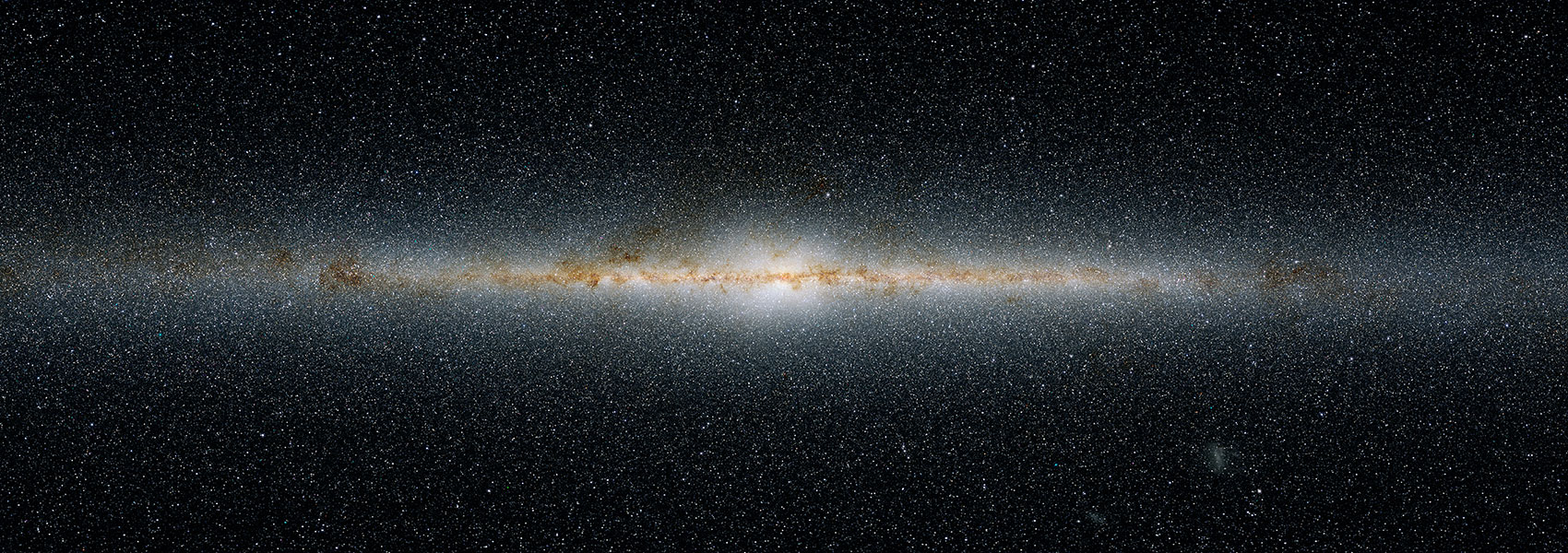September
2022
•
2022AJ....164...78F
Authors
•
Fernandes, Rachel B.
•
Mulders, Gijs D.
•
Pascucci, Ilaria
•
Bergsten, Galen J.
•
Koskinen, Tommi T.
•
Hardegree-Ullman, Kevin K.
•
Pearson, Kyle A.
•
Giacalone, Steven
•
Zink, Jon
•
Ciardi, David R.
•
O'Brien, Patrick
Abstract
•
Kepler's short-period exoplanet population has revealed evolutionary features such as the Radius Valley and the Hot Neptune desert that are likely sculpted by atmospheric loss over time. These findings suggest that the primordial planet population is different from the Gyr-old Kepler population, and motivates exoplanet searches around young stars. Here, we present pterodactyls, a data reduction pipeline specifically built to address the challenges in discovering exoplanets around young stars and to work with TESS Primary Mission 30-minute cadence photometry, since most young stars were not preselected TESS two-minute cadence targets. pterodactyls builds on publicly available and tested tools in order to extract, detrend, search, and vet transiting young planet candidates. We search five clusters with known transiting planets: the Tucana-Horologium Association, IC 2602, Upper Centaurus Lupus, Ursa Major, and Pisces-Eridani. We show that pterodactyls recovers seven out of the eight confirmed planets and one out of the two planet candidates, most of which were initially detected in two-minute cadence data. For these clusters, we conduct injection-recovery tests to characterize our detection efficiency, and compute an intrinsic planet occurrence rate of 49% ± 20% for sub-Neptunes and Neptunes (1.8-6 R ⊕) within 12.5 days, which is higher than Kepler's Gyr-old occurrence rates of 6.8% ± 0.3%. This potentially implies that these planets have shrunk with time due to atmospheric mass loss. However, a proper assessment of the occurrence of transiting young planets will require a larger sample unbiased to planets already detected. As such, pterodactyls will be used in future work to search and vet for planet candidates in nearby clusters and moving groups.
Links




